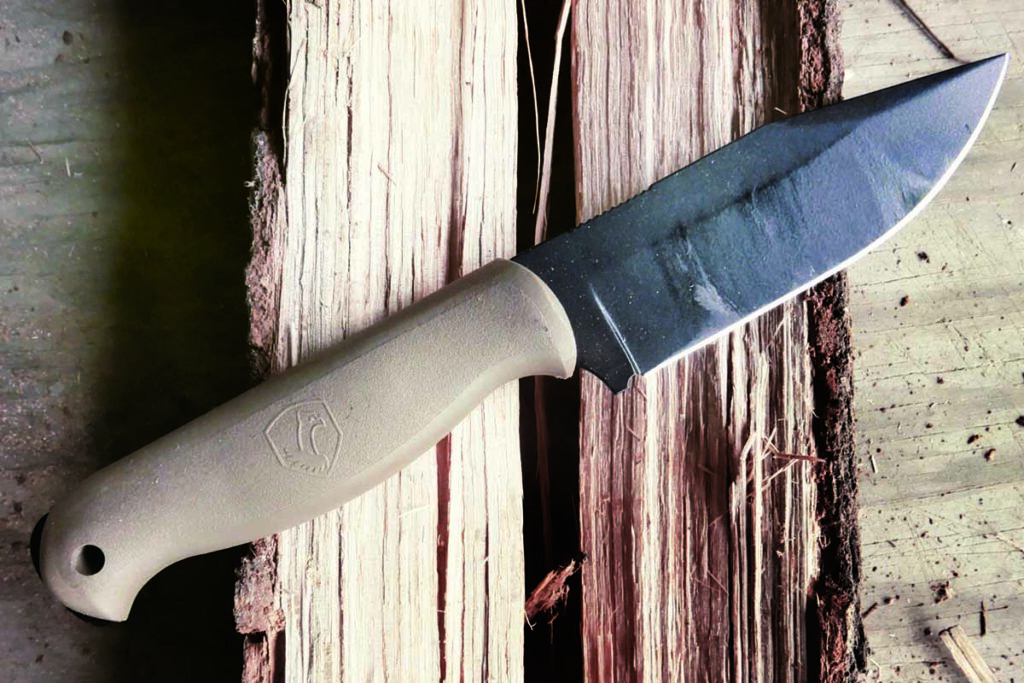For kitchen professionals, the choice of knife can make all the difference in culinary success. One often overlooked but crucial aspect is the blade finish types. This article delves into the various finishes available and how each impacts the utility and durability of kitchen knives.

The Importance of Blade Finish Types
The blade finish of a knife does more than just enhance aesthetics; it plays a critical role in the knife's performance and longevity. Whether you are a seasoned chef or a culinary student, understanding the different blade finish types is essential for selecting the right knife for your tasks. From reducing friction to resisting corrosion, the finish contributes significantly to the knife's capabilities.
Common Blade Finish Types
Satin Finish
A satin finish is popular for its sophisticated appearance and practical benefits. It lowers friction and enhances cutting efficiency, making it a favorite among professionals. The satin finish is achieved through a series of sanding processes, giving the blade a soft sheen that hides scratches well.
Mirror Polish
The mirror polish is renowned for its reflective, mirror-like surface. This finish is not only aesthetically pleasing but also helps in reducing drag when cutting. While it offers superior rust resistance, maintaining its pristine condition requires dedicated care.
Stonewashed
The stonewashed finish adds to the knife's durability, providing an excellent camouflaging effect for scratches and marks. This finish involves tumbling the blade with stones, leaving a rugged but appealing texture favored for its low maintenance.
Factors for Kitchen Professionals to Consider
Choosing the right blade finish types involves considering factors such as the knife's intended use, upkeep required, and personal preference in style. For a deeper understanding of these factors and more insights on selecting the perfect chef's knife, you can visit Choosing the Perfect Chef Knife. In professional kitchens where efficiency and cleanliness are vital, finishes that provide ease of cleaning and maintenance might be prioritized.
Conclusion: Selecting the Right Blade Finish
The right blade finish can elevate your kitchen experience. As preferences differ, exploring various blade finish types is recommended to find what best suits your needs. For more detailed information on blade materials and how they complement different finishes, read about the Blade Thickness Considerations.

FAQs
Why is a satin finish popular among chefs?
A satin finish reduces friction, improving cutting efficiency, and its semi-gloss look helps mask scratches while maintaining a clean appearance.
How does a mirror polish benefit knife maintenance?
Mirror polish enhances rust resistance and reduces drag, but it requires regular polishing to keep its reflective surface pristine.
What makes stonewashed blades suitable for heavy-duty tasks?
The rugged look of stonewashed blades can hide scratches and wear, making them ideal for demanding kitchen environments.
For further insights into different knife types and benefits, consider visiting this article for more comprehensive knowledge.
This article contains affiliate links. We may earn a commission at no extra cost to you.


























